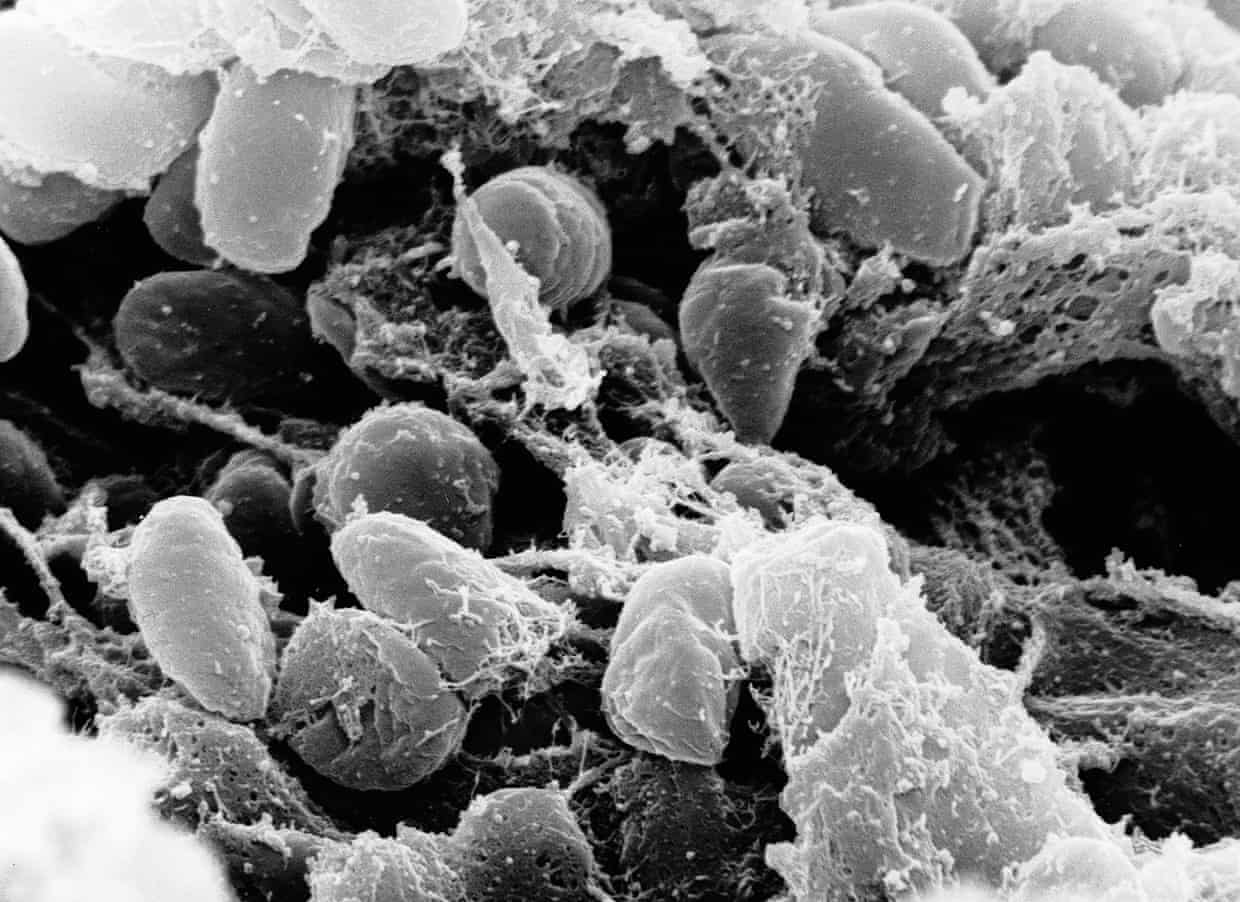Science
California Resident Diagnosed with Plague After Camping Trip

A resident of South Lake Tahoe, California, has tested positive for the plague, according to local health authorities. The announcement was made on Tuesday by officials from El Dorado County, who received confirmation from the California Department of Public Health (CDPH). The individual is currently recovering at home under medical supervision.
Health officials believe the infection likely occurred due to an infected flea bite while the individual was camping in the South Lake Tahoe area, known for its outdoor recreational activities. Kyle Fliflet, acting director of public health for El Dorado County, emphasized the importance of taking precautions when in areas inhabited by wild rodents. “Plague is naturally present in many parts of California, including higher-elevation areas of El Dorado County,” he stated.
The plague is caused by the bacterium Yersinia pestis, which is primarily transmitted through flea bites from infected rodents, such as squirrels and chipmunks. Notably, pets can also carry infected fleas into homes. The health department has advised the public to avoid contact with wild rodents and prevent pets from approaching rodent burrows.
Symptoms of the plague typically emerge within two weeks of exposure and may include fever, nausea, weakness, and swollen lymph nodes. While human cases of plague are considered “extremely rare,” they can be severe. Fortunately, early detection allows effective treatment with antibiotics.
The CDPH routinely monitors rodent populations across California to assess plague activity. From 2021 to 2024, surveillance efforts in El Dorado County identified a total of 41 rodents showing evidence of exposure to the plague bacterium. In 2025, four rodents tested positive within the Tahoe Basin.
This recent case is not the first incident of plague in the region. The last confirmed human case in El Dorado County occurred in 2020, also linked to the South Lake Tahoe area. Prior to that, two cases were reported in 2015 following exposure at Yosemite National Park. All affected individuals received treatment and made full recoveries.
In 2021, the US Forest Service temporarily closed several popular sites at Lake Tahoe after discovering plague in the chipmunk population. The agency conducted “vector control” measures to manage the situation.
In addition to California’s incidents, Colorado health officials confirmed a human plague case last year. The Centers for Disease Control and Prevention estimates an average of seven human plague cases occur annually in the United States, predominantly in the western regions.
As health officials continue to monitor the situation, the case serves as a reminder for outdoor enthusiasts to remain vigilant about potential health risks associated with wildlife encounters.
-

 Entertainment2 months ago
Entertainment2 months agoIconic 90s TV Show House Hits Market for £1.1 Million
-

 Lifestyle4 months ago
Lifestyle4 months agoMilk Bank Urges Mothers to Donate for Premature Babies’ Health
-

 Sports3 months ago
Sports3 months agoAlessia Russo Signs Long-Term Deal with Arsenal Ahead of WSL Season
-

 Lifestyle4 months ago
Lifestyle4 months agoShoppers Flock to Discounted Neck Pillow on Amazon for Travel Comfort
-

 Politics4 months ago
Politics4 months agoMuseums Body Critiques EHRC Proposals on Gender Facilities
-

 Business4 months ago
Business4 months agoTrump Visits Europe: Business, Politics, or Leisure?
-

 Lifestyle4 months ago
Lifestyle4 months agoJapanese Teen Sorato Shimizu Breaks U18 100m Record in 10 Seconds
-

 Politics4 months ago
Politics4 months agoCouple Shares Inspiring Love Story Defying Height Stereotypes
-

 World4 months ago
World4 months agoAnglian Water Raises Concerns Over Proposed AI Data Centre
-

 Sports4 months ago
Sports4 months agoBournemouth Dominates Everton with 3-0 Victory in Premier League Summer Series
-

 World4 months ago
World4 months agoWreckage of Missing Russian Passenger Plane Discovered in Flames
-

 Lifestyle4 months ago
Lifestyle4 months agoShoppers Rave About Roman’s £42 Midi Dress, Calling It ‘Elegant’









